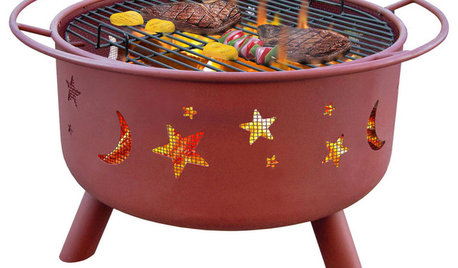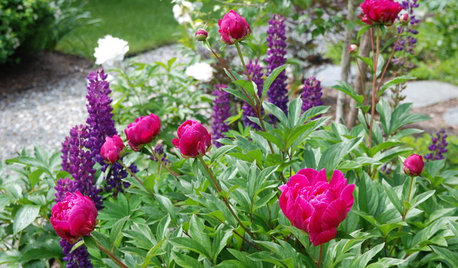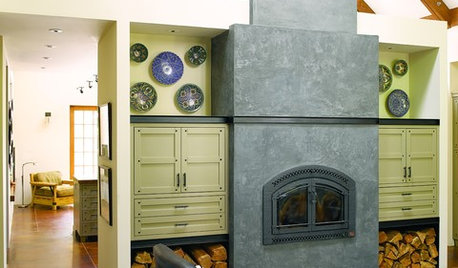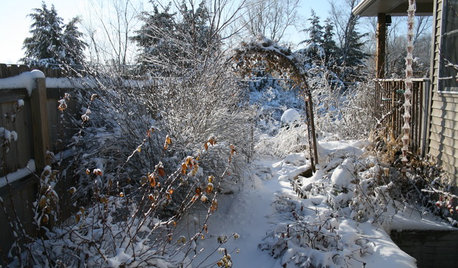OSU vs farmers almanac
jessjameson
10 years ago
Related Stories

SHOP HOUZZShop Houzz: Autumn Harvest Decor
Celebrate the fruits of your labor, decorate for fall and dance under the harvest moon
Full Story0

GARDENING GUIDESNortheast Gardener's June Checklist
Tote out garden ornaments, unleash your color passion and glean inspiration from the many Northeast tours
Full Story
LANDSCAPE DESIGNLiving on the Edge of the Wild
When Mother Nature is your neighbor, the possibilities — and responsibilities — can be that much greater
Full Story
BEFORE AND AFTERSSee 6 Yards Transformed by Losing Their Lawns
Wondering whether a turf lawn is the best use of your outdoor space? These homeowners did, and they found creative alternatives
Full Story
GARDENING GUIDES10 Easy Edibles for First-Time Gardeners
Focus on these beginner-friendly vegetables, herbs, beans and salad greens to start a home farm with little fuss
Full Story
HOUSEKEEPINGTo-Dos: Your September Home Checklist
Boost the comforts of home for fall with a few of these ideas for stocking up and staying cozy
Full Story
LIFE6 Ways to Beat the Winter Blahs
Snow and dark days dampening your spirits? These ideas will have you looking on the bright side
Full Story
GARDENING GUIDESGot Frost-Damaged Plants? How It Happens, and When and How to Prune
Crispy brown leaves are a sure sign that Jack Frost has been to your neighborhood
Full Story
ACCESSORIESFound Objects: The Most Natural Decor of All
They're beautiful, plentiful and best of all, free. See how to turn surprise finds into uniquely personal displays
Full StorySponsored
Columbus Design-Build, Kitchen & Bath Remodeling, Historic Renovations
More Discussions






kfrinkle
oldbusy1
Related Professionals
Panama City Landscape Architects & Landscape Designers · Sahuarita Landscape Architects & Landscape Designers · Hicksville Landscape Contractors · Medford Landscape Contractors · Merced Landscape Contractors · Ronkonkoma Landscape Contractors · Sammamish Landscape Contractors · Suitland Landscape Contractors · Boise Decks, Patios & Outdoor Enclosures · Greendale Decks, Patios & Outdoor Enclosures · King of Prussia Decks, Patios & Outdoor Enclosures · Miami Decks, Patios & Outdoor Enclosures · Verona Decks, Patios & Outdoor Enclosures · West Bend Decks, Patios & Outdoor Enclosures · Glendale Decks, Patios & Outdoor Enclosuresoldbusy1
lat0403
Okiedawn OK Zone 7
jcheckers
Okiedawn OK Zone 7
oldbusy1
jessjamesonOriginal Author
Okiedawn OK Zone 7
lat0403